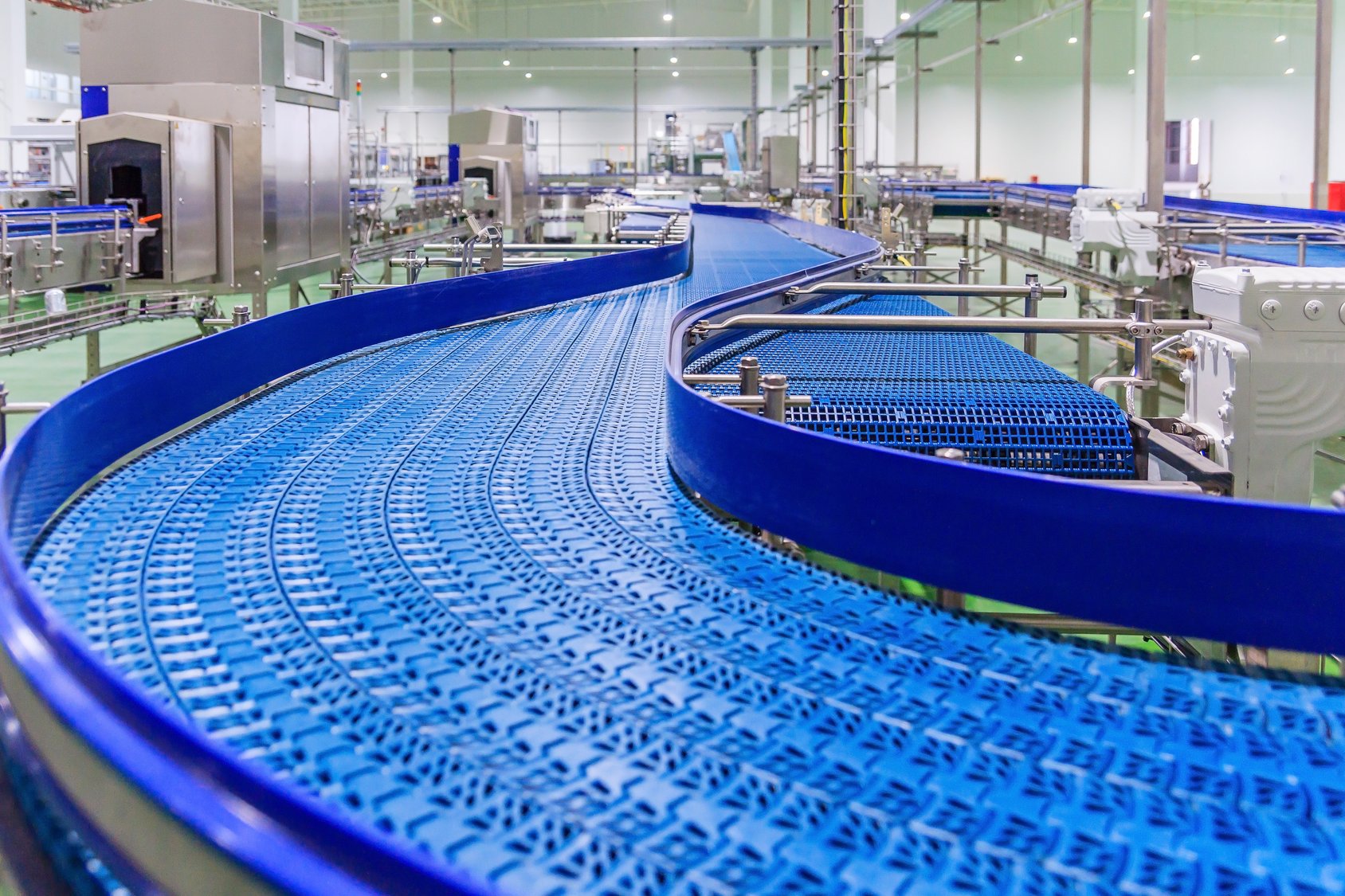
This article is part of our CloudSuite Industrial Feature Focus series.
Each post highlights a specific feature within Infor CloudSuite Industrial (CSI). In this one, we’re diving into Available to Promise (ATP), a scheduling insight that helps manufacturers evaluate what’s possible, even if they’re not using finite scheduling.
Here’s what we’re focusing on today:
- Feature: Available to Promise (ATP)
- Module: Advanced Planning & Scheduling (APS)
- Product: Infor CloudSuite Industrial ERP
Available to Promise Overview

Available to Promise (ATP) in Infor CloudSuite Industrial (CSI) helps manufacturers assess whether and when they can fulfill a customer order based on current routings and material availability. ATP is typically used in MRP environments or APS configured with infinite capacity.
What makes ATP unique is that it assumes a clean slate. It does not account for other jobs or constraints already scheduled. Instead, it asks: “From today, how long would it take to produce this item if everything were available?” It calculates the required machine time, operation durations, and material availability assuming no competition for capacity. This makes ATP a useful tool for exploring possibilities—but it doesn’t validate feasibility against the real schedule.
This approach allows manufacturers to offer potential ship dates early in the process, even if detailed scheduling isn’t yet complete. ATP logic can be accessed directly within CSI in the following places:
- Customer Order Entry
- Estimate Entry
- Job Entry
Expert’s Take: Nick Mendolia on ATP
Nick Mendolia, Director of Client Solutions at Visual South, explains when and why ATP is typically used:
“Available to Promise is generally used by MRP or even APS using the infinite mode. It’s saying, 'Here’s what you can do in this time, but you may have to move other things around to get it done.”
Nick emphasizes that ATP starts every evaluation from scratch, ignoring current shop floor activity. “It’s like starting with a blank sheet of paper,” he says. “From today, how long does it take to make this item, assuming you had all your materials?”
This makes ATP ideal for manufacturers who want flexibility and control over their own scheduling priorities. But it also means ATP may promise dates that aren’t achievable unless other jobs are rescheduled—something the ERP doesn’t automatically do in this mode.
ATP is best suited for companies running MRP or using APS in infinite mode, where manufacturing prefers to control sequencing and priority rather than letting the system drive it.
Even if your organization doesn’t license the APS module, you can still use ATP. CSI defaults to infinite planning mode when APS is unlicensed, allowing ATP evaluations to remain available in key transactional screens.
Planning & Scheduling Micro Demo
Want to see how planning and scheduling work in CloudSuite Industrial? Watch this short micro-demo, part of our 20-video demo series on CSI.
Related CloudSuite Industrial Resources
- Capable to Promise (CTP)
- Infinite vs. Finite Scheduling
- Backward vs. Forward Scheduling
- What-if Planning
Want to explore more about CSI’s planning and scheduling capabilities? Let’s talk.
Want to see CloudSuite Industrial in action? Access the full demo gallery below.







